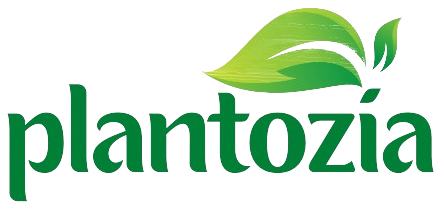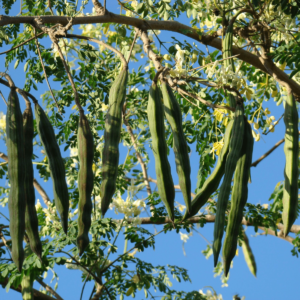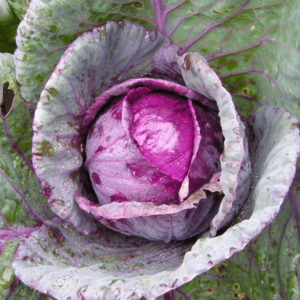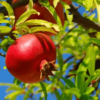View wishlist“Cherry Tomato Seeds” has been added to your wishlist
Pomegranate, Anar – Plant
- Brand: Plantozia
₹299.00₹499.00 (-40%)
Out of stock
- Watering: Water when the top inch of soil is dry.
- Light: Full sun.
- Pet Friendly: Non-toxic to pets.
- Low Maintenance: Yes, drought-tolerant.
- Plant Size: Pomegranate, Anar – Plant size is Medium.
SKU:
PLPAAP522
Categories: All Season Plants, Fruit Plants, New Arrivals, Offers, Outdoor Plants, Plantozia, Plants, Rainy Season Plants, Summer Season Plants, Winter Season Plants
Tags: Anar Plant, Anardana Plant, Dalim Plant, Dalimba Plant, Pomegranate Plant
Brand: Plantozia
Pomegranate, Anar – Plant Care Tips:
Caring for pomegranate plants involves a series of steps to ensure they thrive and produce abundant fruit. Here’s a concise guide to pomegranate plant care:
1. Soil Preparation
- Type: Pomegranates prefer well-drained soil with a pH between 5.5 and 7.0.
- Amendments: Enrich soil with organic matter, such as compost, to improve fertility and drainage.
2. Planting
- Timing: Plant in spring or fall, when the weather is milder.
- Spacing: Space plants 10-15 feet apart to allow for mature growth.
- Depth: Plant at the same depth as it was in the nursery container.
3. Watering
- Frequency: Water regularly, especially during dry periods. Avoid overwatering; pomegranates are drought-tolerant once established.
- Method: Use drip irrigation or soaker hoses to water at the base of the plant, keeping foliage dry to prevent disease.
4. Fertilization
- Timing: Fertilize in early spring before new growth begins.
- Type: Use a balanced fertilizer (e.g., 10-10-10) or one with higher potassium to promote fruit development.
- Application: Follow the manufacturer’s instructions for dosage and application.
5. Pruning
- Purpose: Prune to shape the plant, remove dead or diseased wood, and improve air circulation.
- Timing: Prune in late winter or early spring before new growth starts.
- Technique: Remove crossing branches and thin out crowded areas to allow light penetration.
6. Pest and Disease Management
- Common Pests: Watch for aphids, pomegranate butterflies, and scale insects. Use insecticidal soap or neem oil if needed.
- Diseases: Monitor for fungal issues like rust and rot. Ensure proper spacing and airflow to reduce disease risk. Apply fungicides if necessary.
7. Harvesting
- Timing: Pomegranates typically mature in late summer to fall. Harvest when the fruit’s skin turns a deep red and emits a metallic sound when tapped.
- Method: Cut fruit from the tree with pruning shears, leaving a short stem attached.
8. Winter Care
- Protection: In colder climates, protect plants with mulch or frost cloths to insulate roots and prevent winter damage.
- Watering: Reduce watering during the winter months but ensure the soil does not completely dry out.
9. Mulching
- Type: Apply organic mulch, such as wood chips or straw, around the base of the plant.
- Benefits: Mulch helps retain soil moisture, suppress weeds, and regulate soil temperature.
10. Growth Management
- Thinning: Thin fruit early in the growing season to improve fruit size and quality.
- Support: Provide support for the plant if needed, especially for dwarf varieties or in windy areas.
11. Monitoring
- Growth: Regularly check for signs of stress, such as yellowing leaves or poor fruit set.
- Adjustments: Make adjustments to watering, fertilizing, or pest control as needed based on plant health and environmental conditions.
12. Varieties
- Selection: Choose a pomegranate variety suited to your climate and intended use (e.g., ornamental vs. fruit production).
Conclusion
Proper pomegranate care ensures healthy plants and a bountiful harvest. By paying attention to soil, water, pruning, and pest management, you can enjoy the beauty and bounty of this rewarding fruit tree.
Additional information
| Weight | 0.1 kg |
|---|---|
| Dimensions | 5 × 5 × 5 cm |
Only logged in customers who have purchased this product may leave a review.













Reviews
There are no reviews yet.